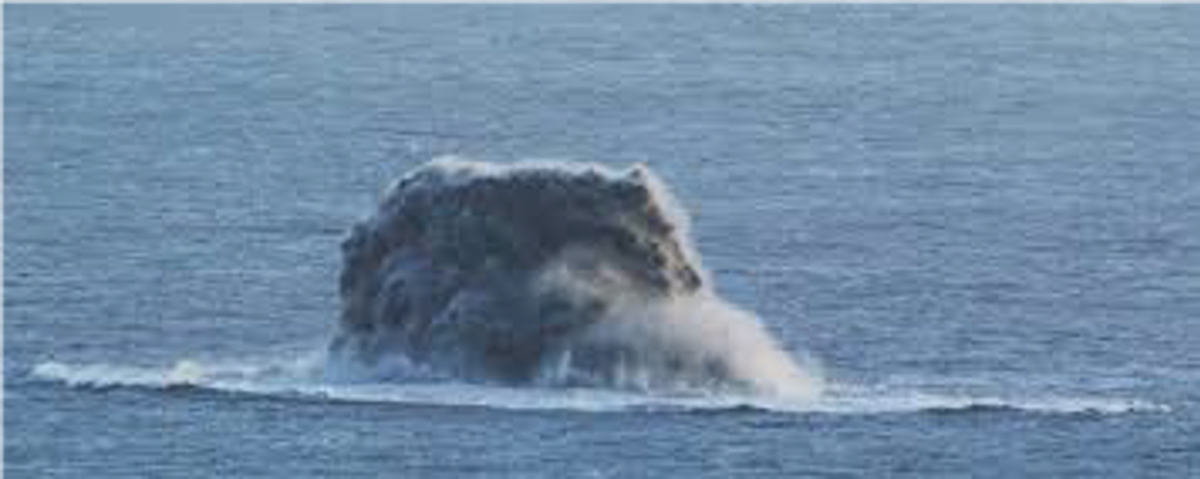Near-miss: Gas release from subsea pipeline
- Safety Flash
- Published on 3 May 2017
- Generated on 14 April 2025
- IMCA SF 09/17
- 2 minute read
Jump to:
A member has reported a near miss incident in which there was an unplanned release of gas from a subsea pipeline, when divers were working nearby.
What happened?
A vessel was engaged in connecting a 32″ (81cm) spool to the pipeline with the vessel crane connected to the spool. Divers were in the bell for changeover of shift. Suddenly there was a release of gas near to the vessel.
The Master took immediate action and moved the vessel 150 m out of the area; the clearing crane wire was slacked off, and at a safe distance when no bubbles were observed in the water, the ROV was launched.
The ROV went to the crane hook location, and the crane hook was released safely. ROV and crane wire was recovered without any damage to any property. The divers were unharmed.

Findings
Initial investigation records that:
- An energy isolation permit was in place which was issued by the refinery and platform.
- The refinery failed to inform the vessel about the valve opening and expected gas flow down the pipeline.
Recommendations
Our member noted that:
- There should be proper communication established between the refinery and the vessel before opening any valves and permitting gas flow down the pipeline.
- The vessel should be ready always to face any H2S emergency at site.
- Drills for H2S emergency, general muster, abandon ship and LARS bell recovery should be carried out regularly.
- H2S detectors and appropriate PPE should be tested periodically.
IMCA notes that the importance of a properly understood and properly communicated Permit to Work process cannot be over-emphasised, particularly in high potential incidents such as this, and where communication between remote sites may be at a premium.
IMCA Safety Flashes summarise key safety matters and incidents, allowing lessons to be more easily learnt for the benefit of the entire offshore industry.
The effectiveness of the IMCA Safety Flash system depends on the industry sharing information and so avoiding repeat incidents. Incidents are classified according to IOGP's Life Saving Rules.
All information is anonymised or sanitised, as appropriate, and warnings for graphic content included where possible.
IMCA makes every effort to ensure both the accuracy and reliability of the information shared, but is not be liable for any guidance and/or recommendation and/or statement herein contained.
The information contained in this document does not fulfil or replace any individual's or Member's legal, regulatory or other duties or obligations in respect of their operations. Individuals and Members remain solely responsible for the safe, lawful and proper conduct of their operations.
Share your safety incidents with IMCA online. Sign-up to receive Safety Flashes straight to your email.